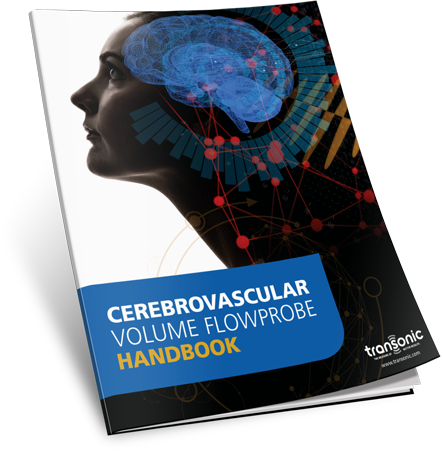

“Flow is a vital parameter during cerebrovascular surgery; including flow in my surgical approach gives me a high degree of control over surgical outcome. When I close the patient, I know the patient will recover without ischemia surprises.”
However, many neurosurgeons are unaware of the benefits of measuring flow.
In response, we created the Cerebrovascular Handbook — a leading resource for surgeons looking to get the most comprehensive data about measuring flow during cerebrovascular surgery.
To get your copy of the handbook instantly, fill out the form.

© 2026 Transonic. All rights reserved.